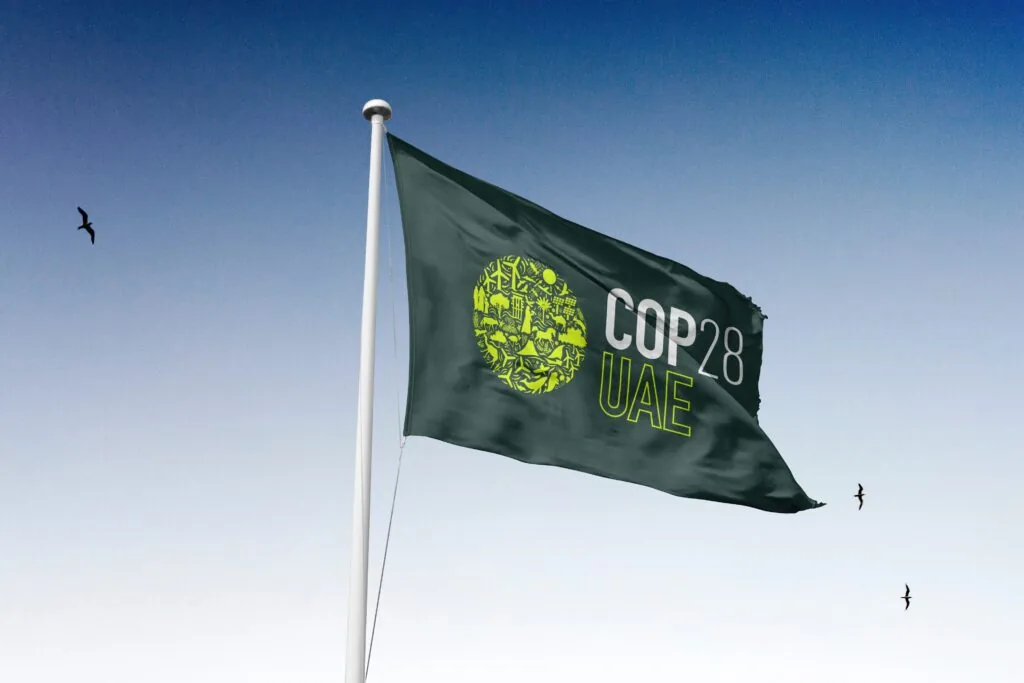
Phosphates and nitrates are a hot topic amongst developers and local authorities, with the spread of Natural England's advice to Local Planning Authorities analogous to the eutrophication that they are concerned about. Advice from Natural England affects (amongst other development proposals) new residential units, tourist accommodation and gypsy sites. New commercial developments and extensions to existing commercial premises are also caught as is a change of use from one business to another where there is an increase in employees and/or to a use that would impact on wastewater are others. Further, certain agricultural development is also affected.
This brief guide is for those new to the topic.
In this guide:
- Why is phosphorus a problem?
- The impact of phosphates
- The advice from Natural England
- Recent cases in the European Courts have affected the issue elsewhere
- Phosphate offsetting is a balancing act
- How we can help you
Why is phosphorus a problem?
In short, because it harms the ecosystem.
The Somerset Levels and Moors are designated as a Special Protection Area (SPA) under the Habitat Regulations 2017. SPA designation is for the conservation of wild birds and in the case of the Somerset Levels and Moors for international water bird communities. There is also a Ramsar (an intergovernmental treaty relating to the protection of wetlands) designation in broadly the same area as the SPA. The Ramsar designation area consists of a series of Sites of Special Scientific Interest (SSSI) within the largest area of lowland wet grassland and associated wetland habitat remaining in Britain. The National Planning Policy Framework (para 176) requires protection of the Ramsar Site. The Ramsar designation is to protect the network of rhynes and ditches that support and contain various flora and aquatic invertebrates, particularly beetles.
Natural England's concern is the continued deterioration of the water quality in the Ramsar area caused by phosphates and other nutrients entering the water system. The continued deterioration is harming the ecosystem. The condition of the Somerset Levels and Moor Ramsar Site is "unfavourable", meaning that it is in a poor condition.
The impact of phosphates
Phosphates make their way into the water systems from our use of the surrounding land. Agricultural sources such as the use of fertilisers and wastewater from housing result in the increase of phosphates. There is also a significant proportion from unknown sources.
When the amount of phosphates that enter the water environment reach a certain level this causes eutrophication - this is the dense growth of algae which adversely affects the balance of flora and invertebrates. Green algae mats grow in the water, and deplete the oxygen needed by other plants and animals.
The advice from Natural England
In August 2020, Natural England sent advice to all relevant Local Planning Authorities setting out the approach they expect to be taken when assessing applications that impact on the Ramsar site. They advised that whilst the Somerset Levels and Moors Ramsar Site is in unfavourable condition that a Habitats Regulations Assessment proceeding to an appropriate assessment should be carried out for any Planning Application where a likely significant effect cannot be excluded. The appropriate assessment must rule out any reasonable doubt as to the likelihood of an adverse impact on the integrity of the site.
The Conservation of Habitats and Species Regulations 2017 (HRs) sets out strict systems for the protection of European sites and European Protected species. Therefore, the local planning authorities have to ensure they only grant consents that comply with Natural England's advice or face the possibility of legal challenge.
Natural England have recommended certain approaches that other Local Planning Authorities have taken when affected by similar issues in relation to development affecting the Somerset Levels and Moors Ramsar Site. For example, in the Solent certain development within the catchment areas of SPA's and the Ramsar Site requires nutrient neutrality. Their advice also refers to other catchment solutions and a suggested method for calculating nutrient neutrality. They call this offsetting and a calculation compares the difference between the proposed use applied for against the pre-development levels. Any nutrient loading must be offset in perpetuity via mitigation methods.
Recent cases in the European Courts have affected the issue
Natural England's advice to local authorities is based on its interpretation of European court decisions.
2018 was a busy year for the Court of Justice of the European Union (the ECJ) with various cases on the interpretation of the EU Habitats Directive, particularly Article 6.
There are three cases in particular which relate to the nutrient issue, two from Ireland and one from the Netherlands.
The first of the Irish cases in April 2018 looked at the installation of a cable near a river and the steps needed to stop the resulting pollution damaging the habitat of a protected pearl mussel. The second in July 2018 involved a wind turbine proposal which was likely to cause a loss of habitat for hen harriers.
In the first case the ECJ said that Appropriate Assessments (AAs) had to provide a "full and precise" analysis of the project's impact on conservation in the area. In the second, it held that mitigation measures would have to guarantee "beyond reasonable doubt" that the hen harrier's habitat would not be adversely affected by the development.
By November 2018 the ECJ was dealing with the Dutch nitrates case, comprising two challenges by conservation groups against permits granted to farms in special areas of conservation affected by nitrates.
The ECJ decided that:
There has to be a thorough analysis of the scientific evidence contained in the AA
"There should be no reasonable scientific doubt as to the absence of adverse effects of each plan or project on the integrity of the site concerned" before giving the farm a permit.
So, conservation measures or any other mitigation need to be certain in their benefits and need to apply directly to the conservation area affected rather than provide an environmental benefit elsewhere. This is the origin of Natural England's advice to planning authorities.
Phosphate offsetting is a balancing act
Natural England require any development that will have an impact to ensure nutrient offsetting mitigation is in place for the duration of the effect. In the case of new housing that is taken to be in perpetuity. An important part of this compliance is for there to be an Appropriate Assessment (AA) carried out when the development proposal is considered to increase phosphate loading into the protected site. The use of a phosphate budget will calculate the loading and where this is not phosphate neutral then other nutrient mitigation will be required.
Where a development does not achieve nutrient neutrality then planning should not be granted.
Our involvement
We have been heavily involved in the nitrates issue affecting development in the Solent and phosphates in Kent. We were at the vanguard of addressing the issue in the Solent holding four Solent Stakeholder Forums on Nitrates. We tabled meetings with the affected Local Planning Authorities, developers, representatives of Defra and HMCLG, the NFU, Homes England and all sorts of other SME's to educate, innovate and elucidate us all. Also, having led matters on a major housing led development in Kent and now advising on the impact of this issue on a major housing led development in the South West we have detailed and up to date environmental, planning, real estate / property legal working knowledge of the issues and solutions.










